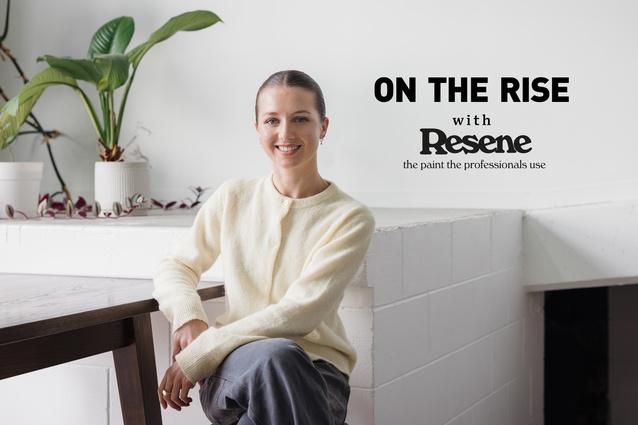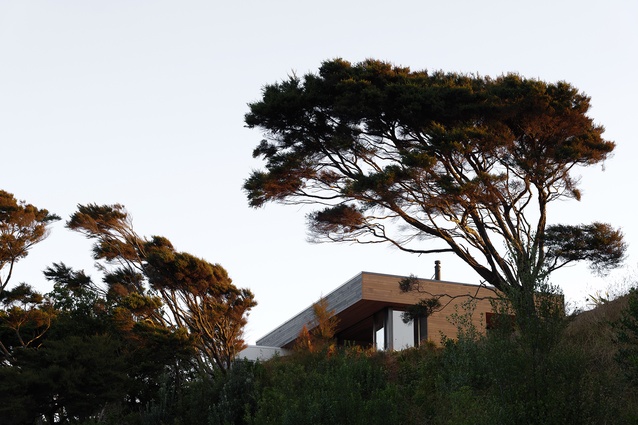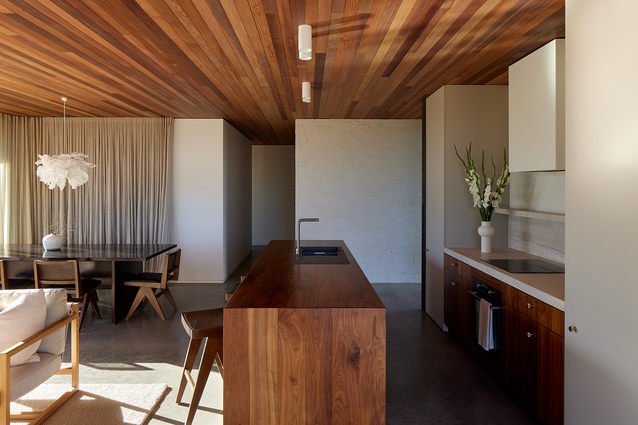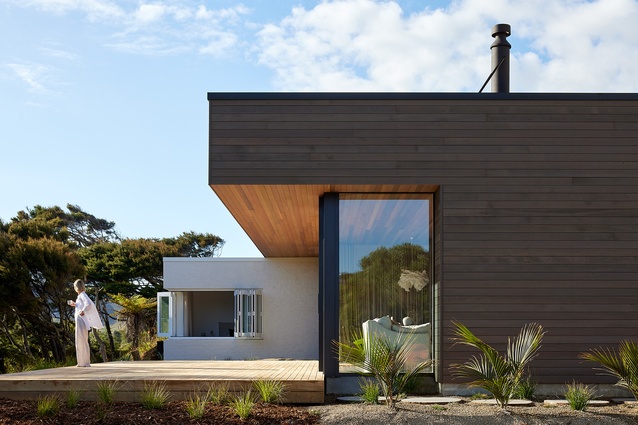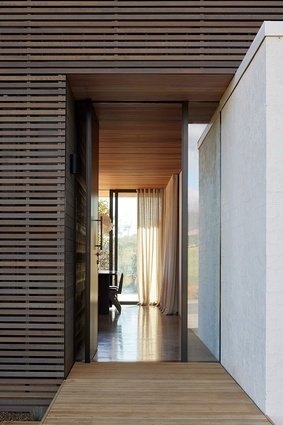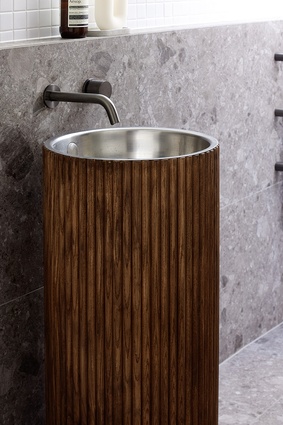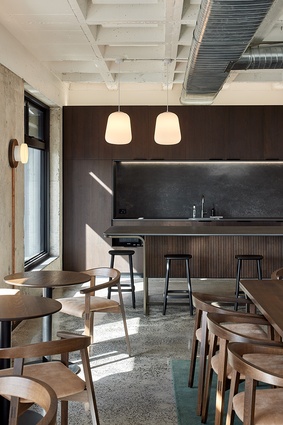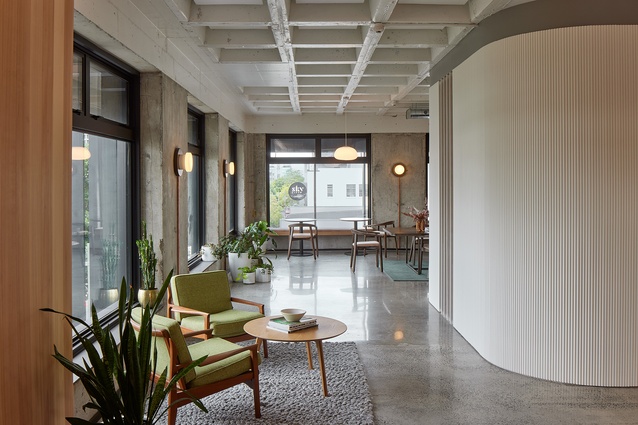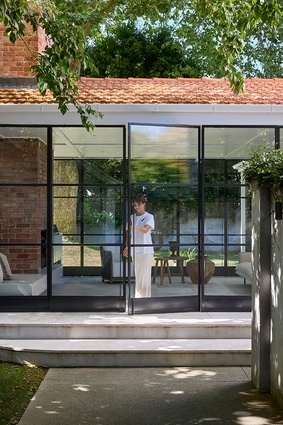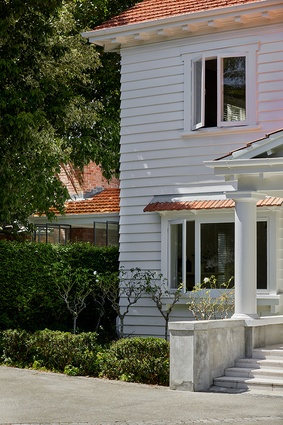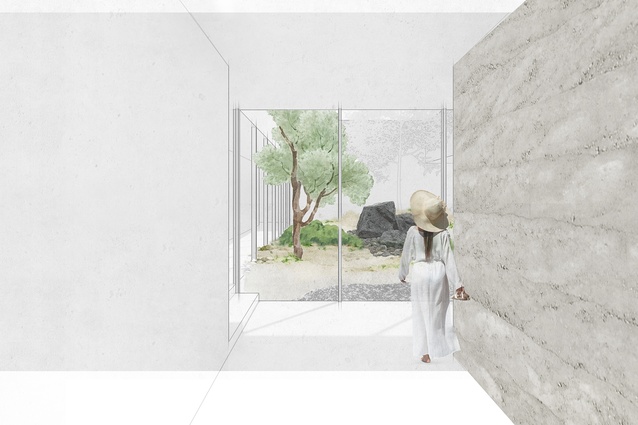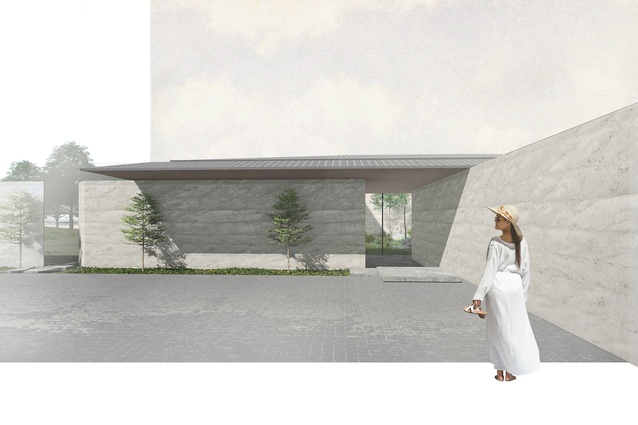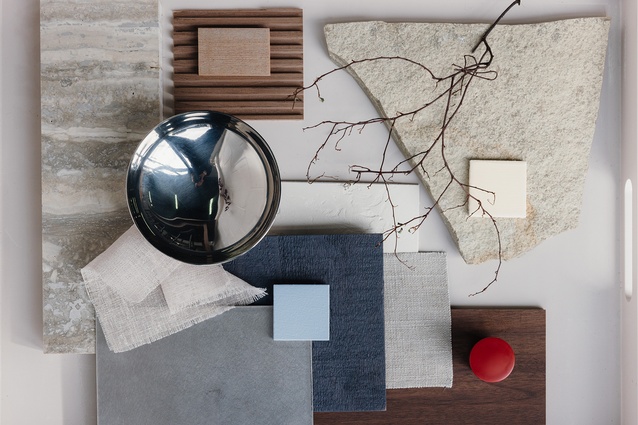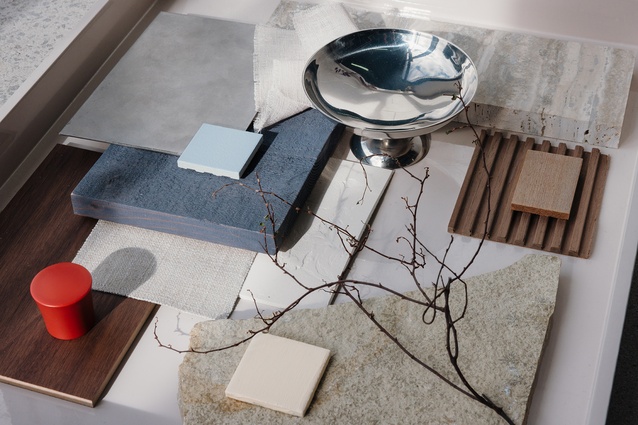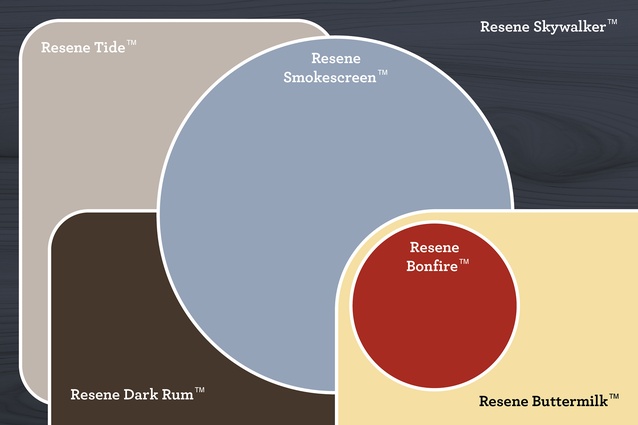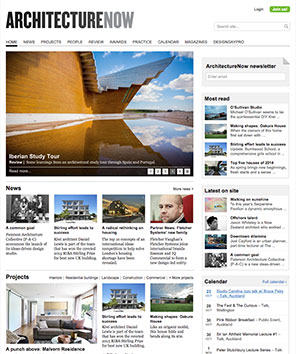On the Rise: Georgia Peacocke
ArchitectureNow’s On the Rise series, supported by Resene, profiles young designers from across the country who are shaping the future of the industry. In this instalment, we talk to Georgia Peacocke, a Registered Architect and Associate at Edwards White Architects’ Tauranga studio.
Jacinda Rogers (JR): I get a sense from your work that interior details matter just as much to you as the architectural components of a building.
Georgia Peacocke (GP): Yes, in my view, the collaboration between interior architecture and interior design is vital in achieving a holistic approach.
For our clients, there’s a huge benefit to being able to do both architecture and interior design in-house. By combining our efforts, it creates continuity in our work from early on in the design process.
When you aim to deliver all the interior details — down to specifying the furniture — it removes any distinction between the architectural and interior elements, creating a seamlessness to the final composition.
JR: Do you think attitudes towards interior design and other related design disciplines are changing within the field of architecture?
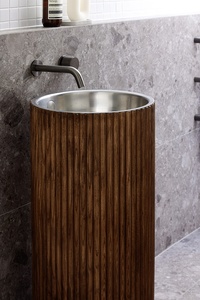
GP: One future I see for architecture is a blending across more design disciplines and the importance of collaboration. We are not only architects but designers.
I’m more interested in creating a collaborative environment where people from different design fields have a mutual aspiration and work together towards a singular design intent. I don’t think we should be afraid to ask questions and create a feedback loop with practitioners that have specialties and skill sets outside of what is considered architecture.
Historically, it’s not unusual for an architect to be a combination of master craftsman, engineer and artist. Working alongside engineers (for example), towards the same end goal makes our projects better and enriches both disciplines.
Living in Copenhagen, I developed an appreciation for the many architects taking this one step further and designing custom pieces of furniture inspired by, and for, the building. A furniture brand may then manufacture and pick this piece up, adding it to their collection.
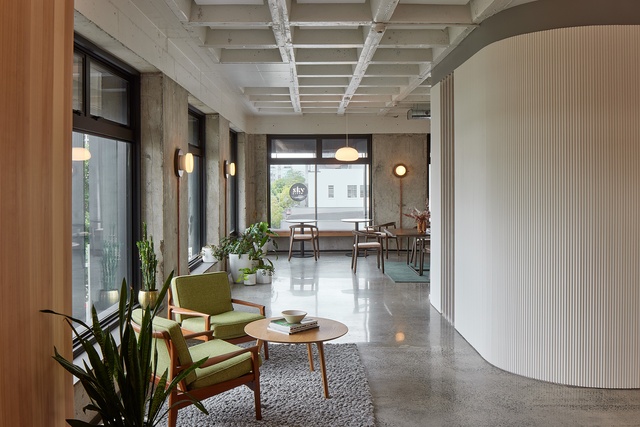
JR: Tell me about some of the projects that you’ve found to be the most rewarding?
GP: Some of the most creative or fun experiences I’ve had are from projects with the most constraints or limitations.
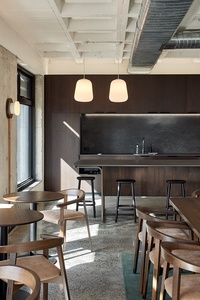
I find that leveraging off and referencing existing components can prompt a more creative act. In some ways, doing this can achieve qualities of space you would never be able to afford if you were starting from scratch.
Conversely, when presented with a blank slate, design can become more formulaic.
Whether physical or less tangible, there is real value in teasing out these contextual threads that will ultimately lend themselves to a richer outcome for the client.
The Edwards White Architects (EWA) studio in Hamilton is an existing fabric transformed into a bright and spacious workplace. Custom designs include everything down from table furniture, to light fittings and dividing screens — embracing that holistic approach to interior and architecture.
More recently, ‘The Garden Room’, (an NZIA Award-winning) glasshouse addition to a 1920s-era heritage home that we (EWA) designed as a contemporary pavilion, ties into the existing urban fabric. The addition extends the functionality of the home and contributes to the inhabitants’ wellbeing by providing a comfortable and versatile living environment that embraces the classic Kiwi outdoor lifestyle.
JR: You are now a Registered Architect. How was the journey to becoming registered?
GP: I became a Registered Architect near the end of 2022 — a huge year after designing, detailing and building a house with my sisters. And then to continue onto complete registration all outside of a full-time working week.
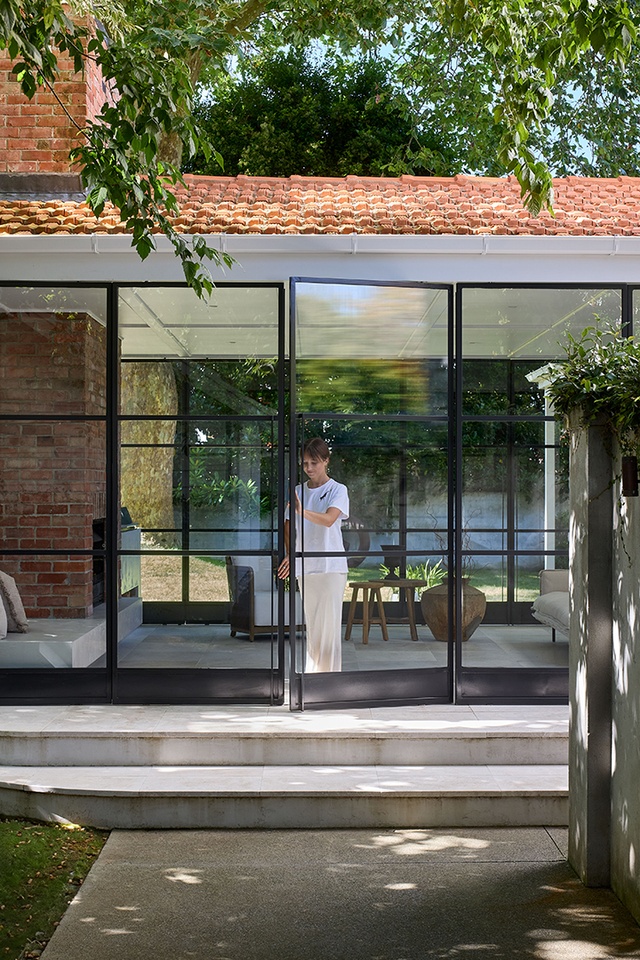
JR: And on top of working full-time you managed to design and build your own house?
GP: The experience of diving headfirst into the deep end and building a house was an incredible opportunity — and certainly challenging! The best way to learn is by doing.
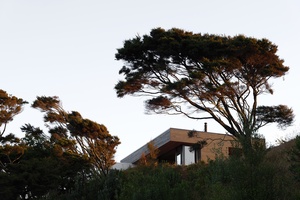
I was fortunate to have the opportunity to build a home with my sisters on my family’s subdivision in Raglan. To make this happen, I dedicated evenings and weekends to designing. Having the help of my colleagues’ feedback allowed me to experiment and get into the mindset of not only the architect, but also the client. The consideration of costs and affordability is now more relevant than ever.
Taking into consideration the budget and the requirements for a relatively economical floor area, the design aims to respond to the surrounding landscape, down to the feathering of the front façade mimicking the kanuka branches framing the views of the harbour beyond. Gentle, unassuming natural tones with inherent roughness and variation of the interior bring texture from the landscape inward. It became an exercise in designing efficient, considered spaces that still feel generous and responsive with a sense of calm.
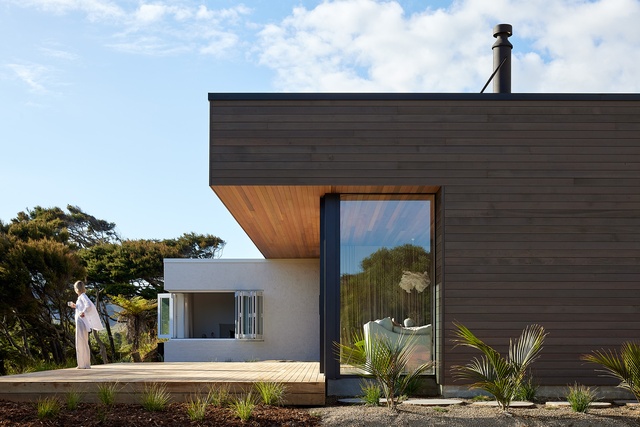
JR: What led you to Edwards White Architects and what does your role involve?
GP: I have been at Edwards White Architects full-time for five years, and part-time over my university summer break prior to this. During this time, I’ve been given some incredible opportunities within the office and am grateful for the trust the company puts in me.
I currently lead project teams and ensure project milestones are met and architectural outcomes are of a consistently high quality. As Interiors Lead, my aim is to integrate the interior architecture into the architectural design and ensure a holistic outcome for our clients.
My love for communication and working with people has allowed me to tailor our design process around client needs and re-think the briefing process. In my role as an associate, I enjoy promoting the EWA team and thinking strategically about where we are going and how we can improve.
JR: What projects do you have in the pipeline at Edwards White Architects that you can talk about?
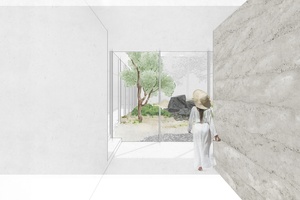
GP: We’re currently working on an exciting new residential project, in which the landscape becomes a pivotal part of the design. We’ve begun conversations with a landscape designer at these very early stages of concept design, fostering that collaborative environment between design disciplines early on and curating the landscape, architecture and interior in equal parts, encouraging a holistic approach to the mutual design intent.
JR: Is there anything outside of your professional practice that inspires you creatively or feeds into your work?
GP: Travelling has opened my mind to what other architects are doing around the world. My eye is drawn to beautiful details, such as balustrades and quirky window shrouds in Berlin, or the tiles and textures of Mexico — I’m constantly in awe of the world’s cities and built environments.
My love for photography grew while travelling, composing these slices of architectural randomness into moments of beauty.
I’m also inspired by the power of landscape in architecture. I have a vivid memory of walking through the Medina in Marrakesh and stumbling across Le Jardin Secret — an oasis amongst the hustle and bustle. A true moment of reprieve from a rather hectic environment, and its impact on me in that moment has been lasting.
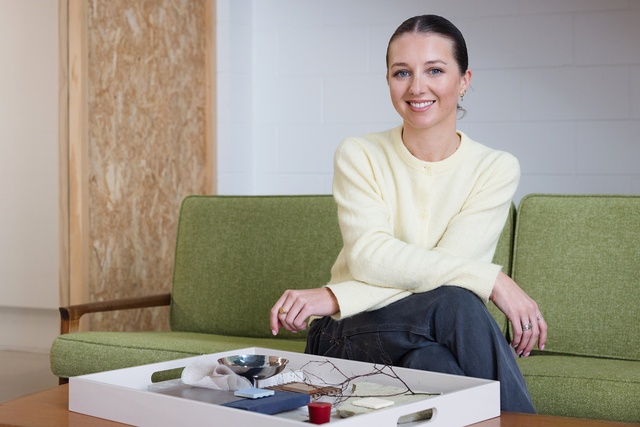
JR: Tell me the inspiration behind your Resene colour choices and mood board.
GP: I’m inspired by the pops of colour of furniture in Copenhagen. You see dark, earthy and contrasting colours that transform spaces into unique environments and reflects personality.
The colour combinations used for furnishings in Denmark create striking colour schemes with a bit of fun and playfulness against the natural tones and textures of the living spaces.
In addition, the colours chosen for this Resene mood board find their inspiration in materials that resonate with me personally: the yellow of Hinuera stone (Resene Buttermilk), the blue of Resene Smokescreen — drawn from Resene Woodsman Skywater and stainless steel — and Resene Bonfire red, a complementary hue to the deep brown-red of polished dark walnut.
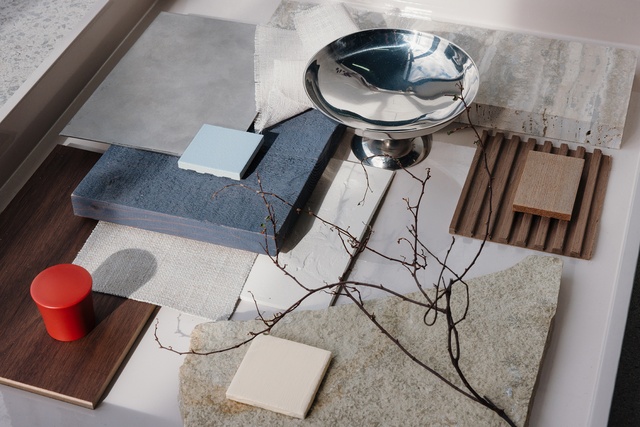
See more from the On the Rise series here.

